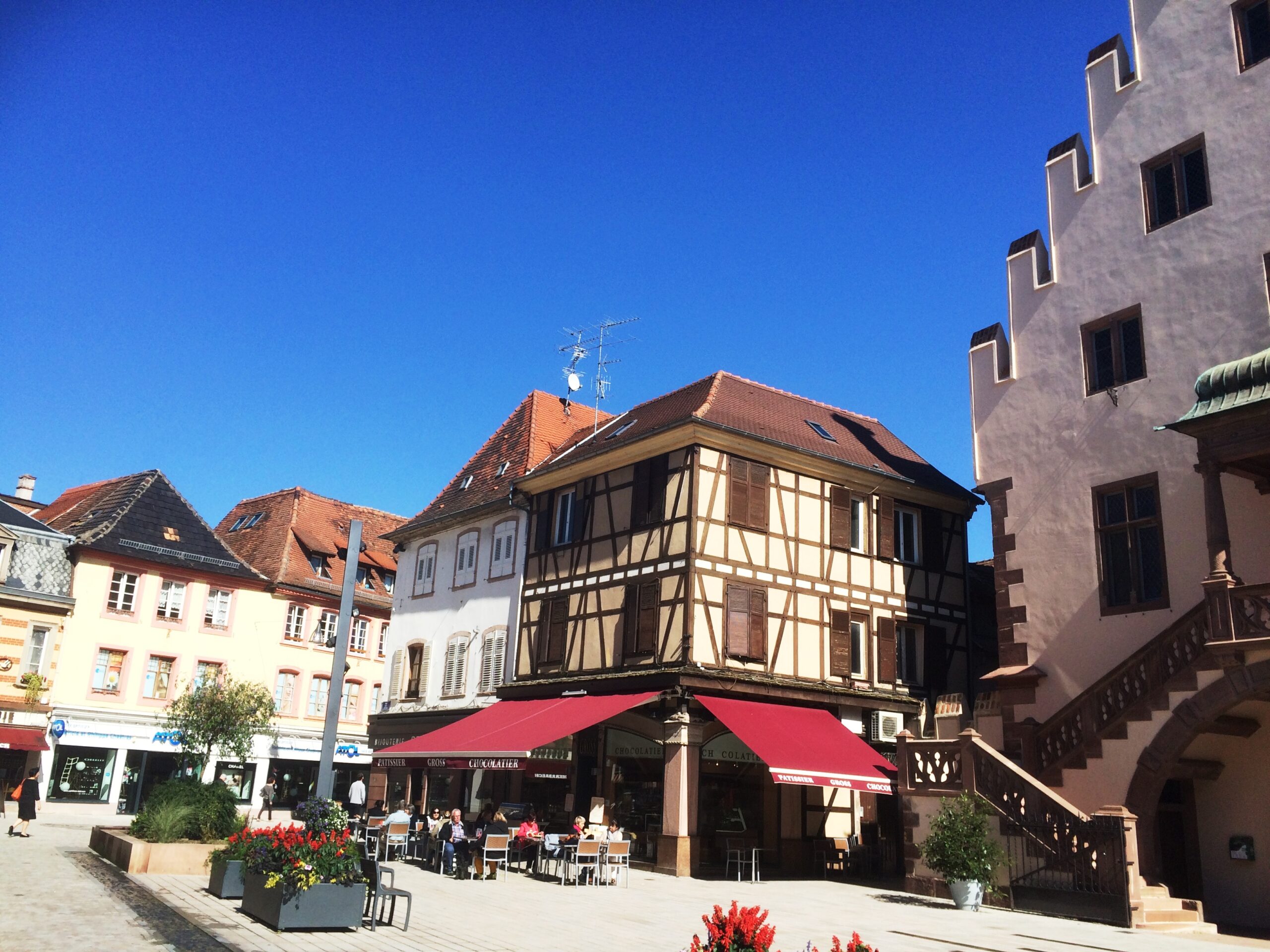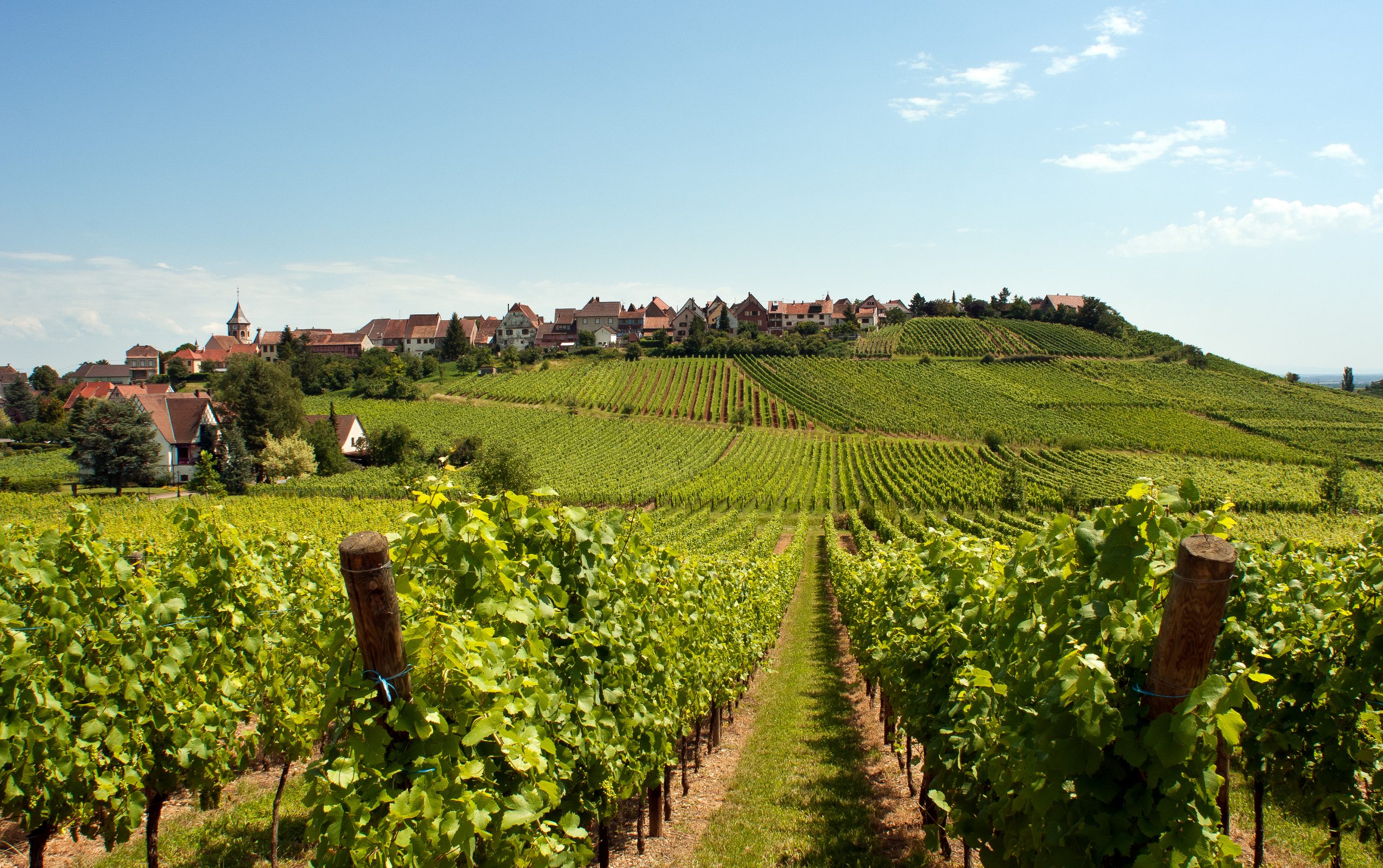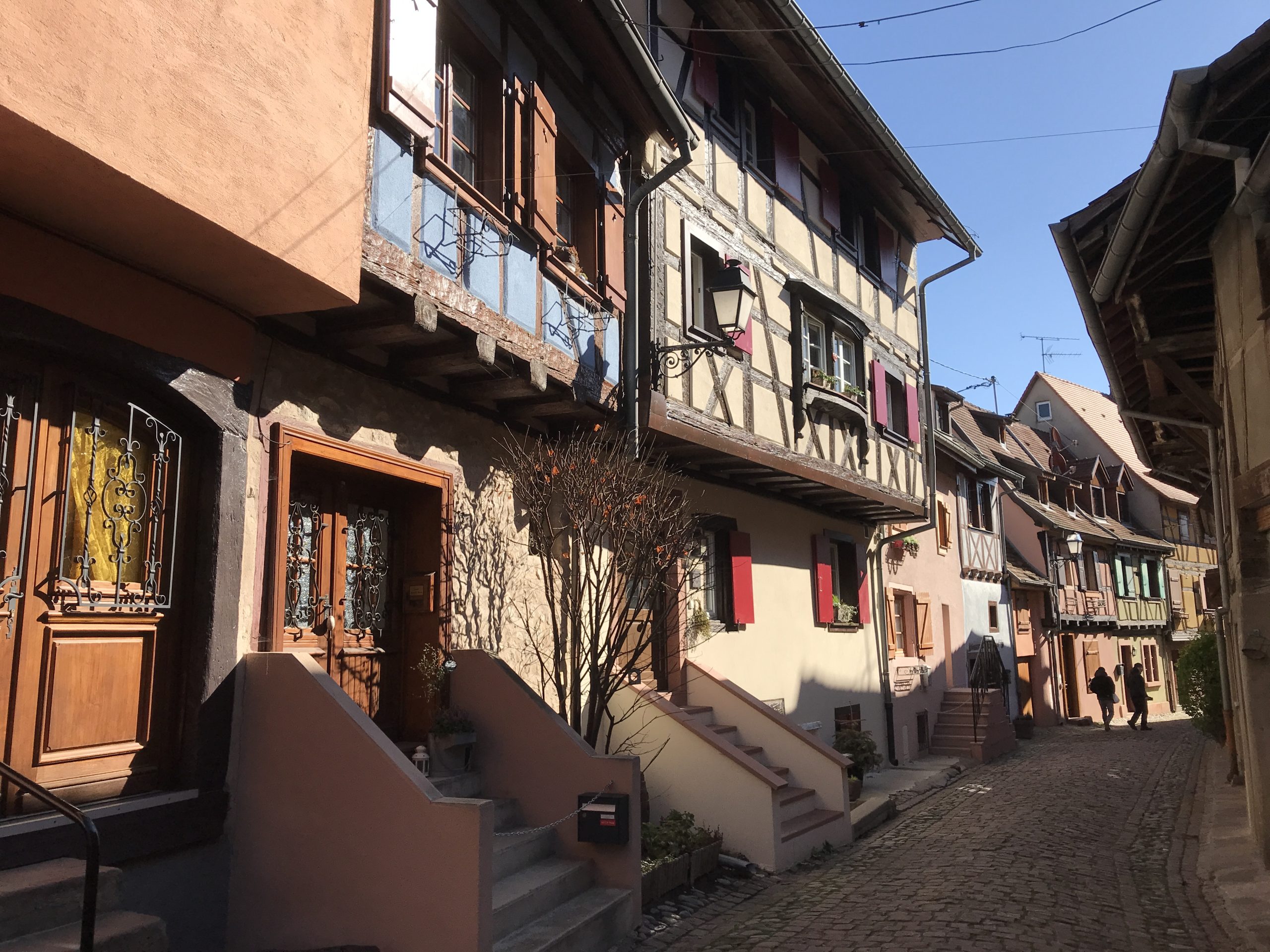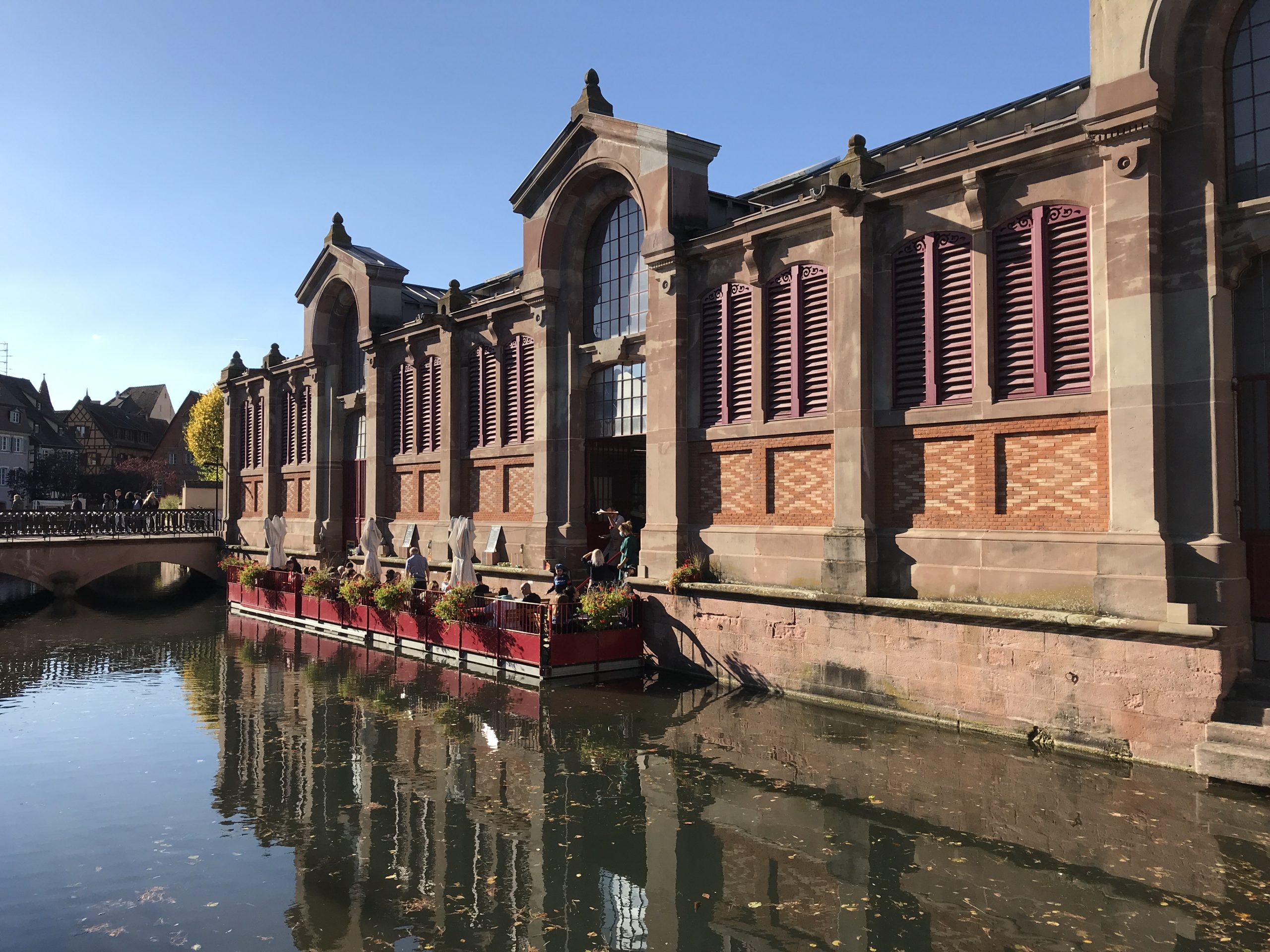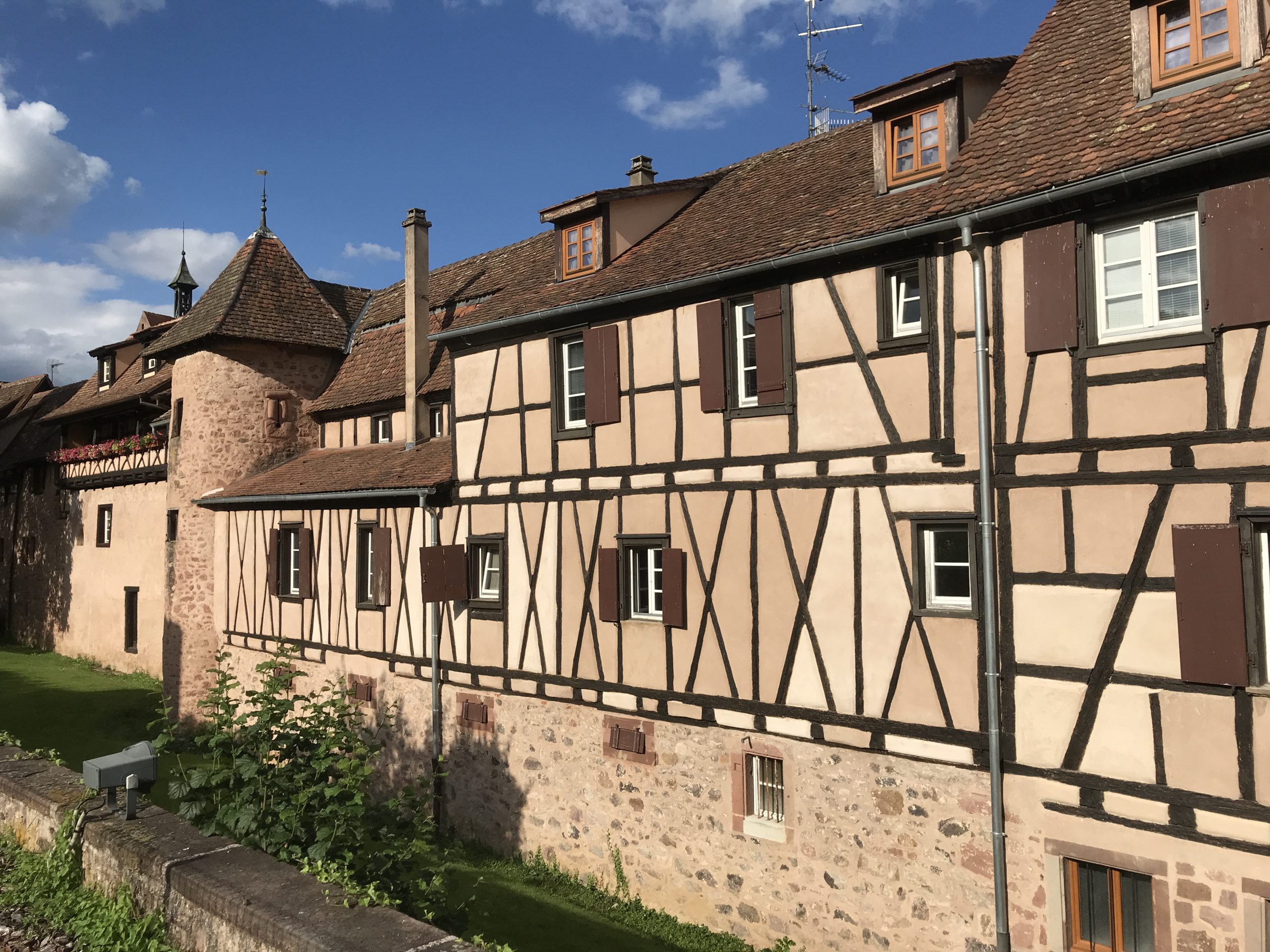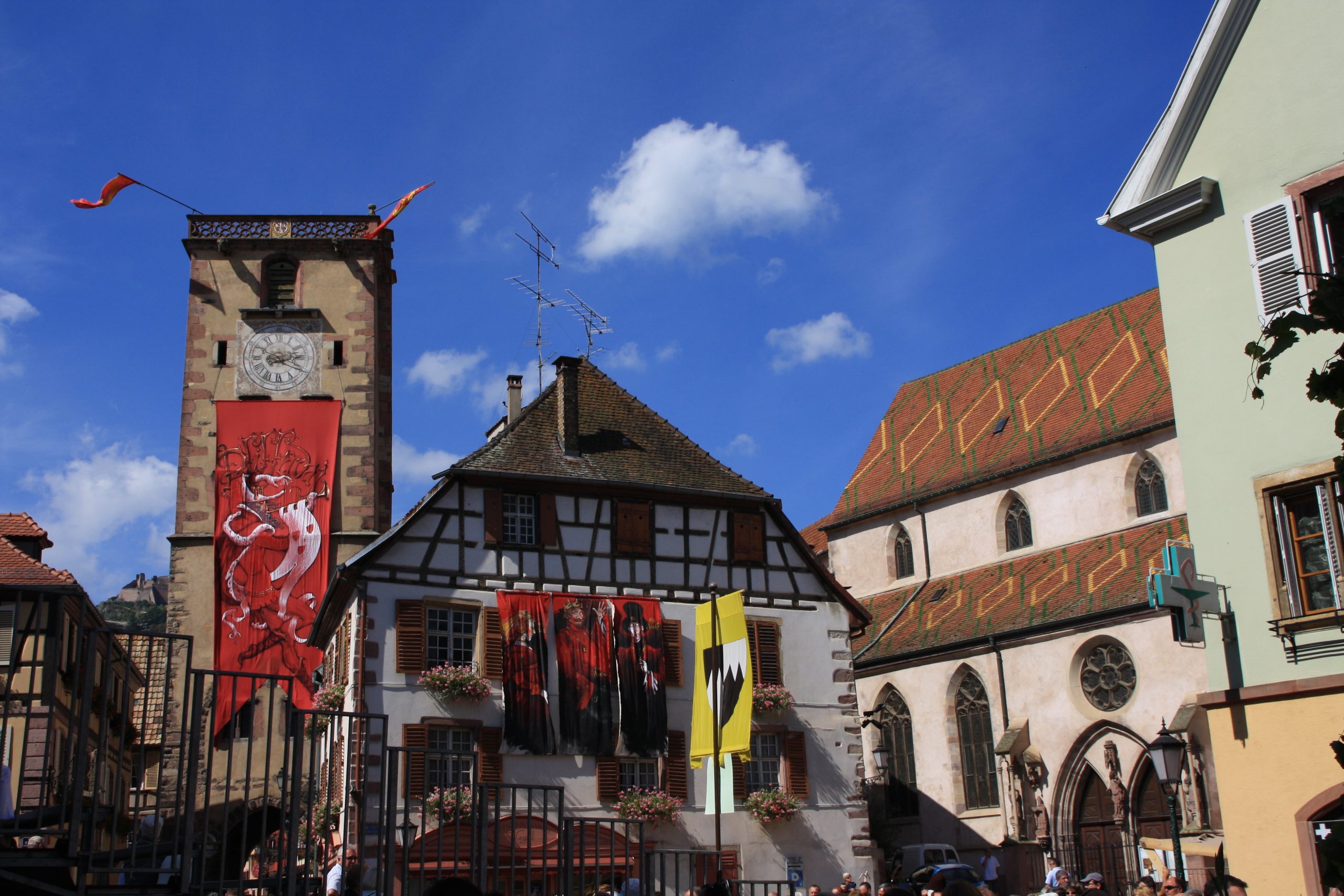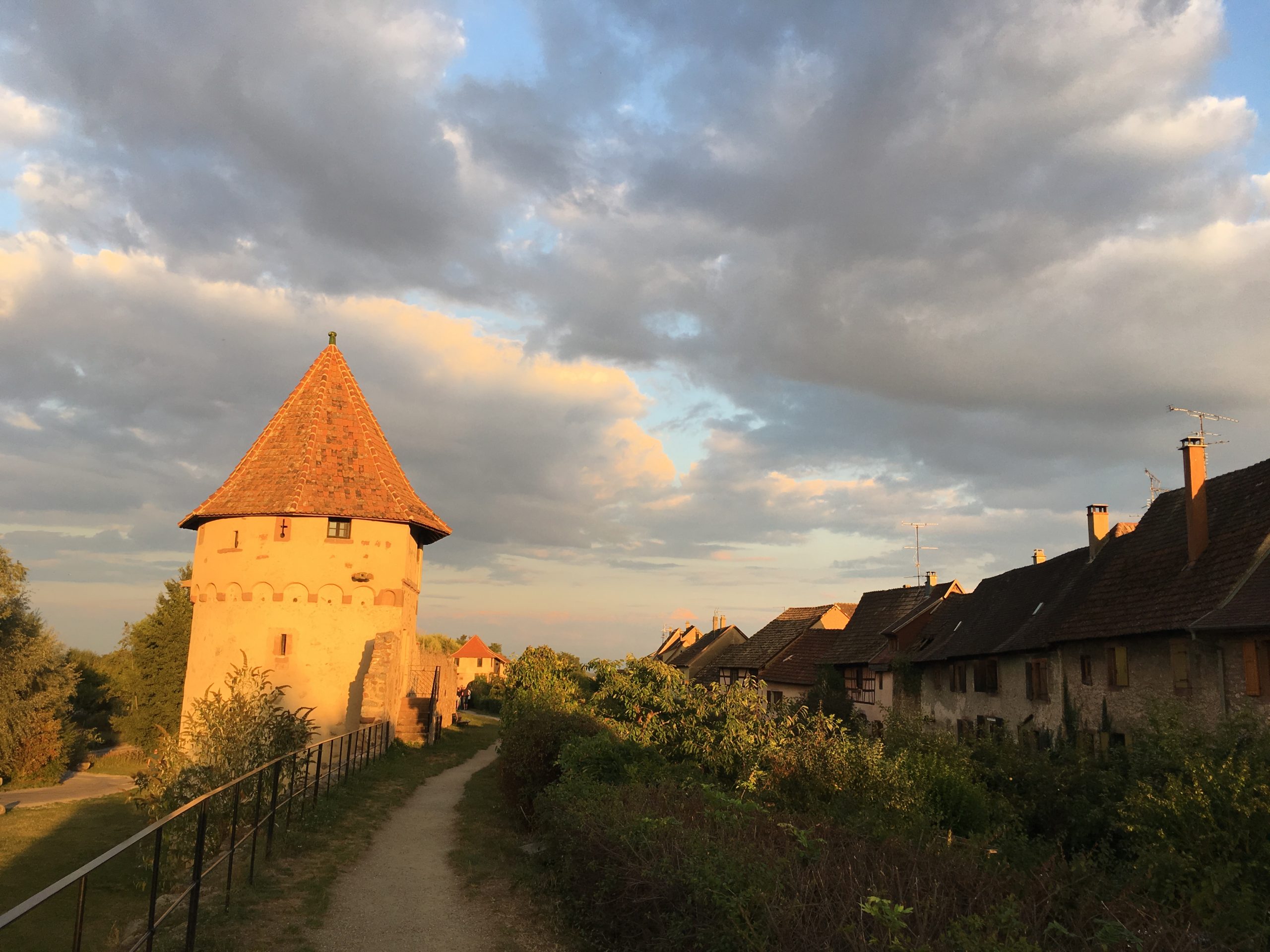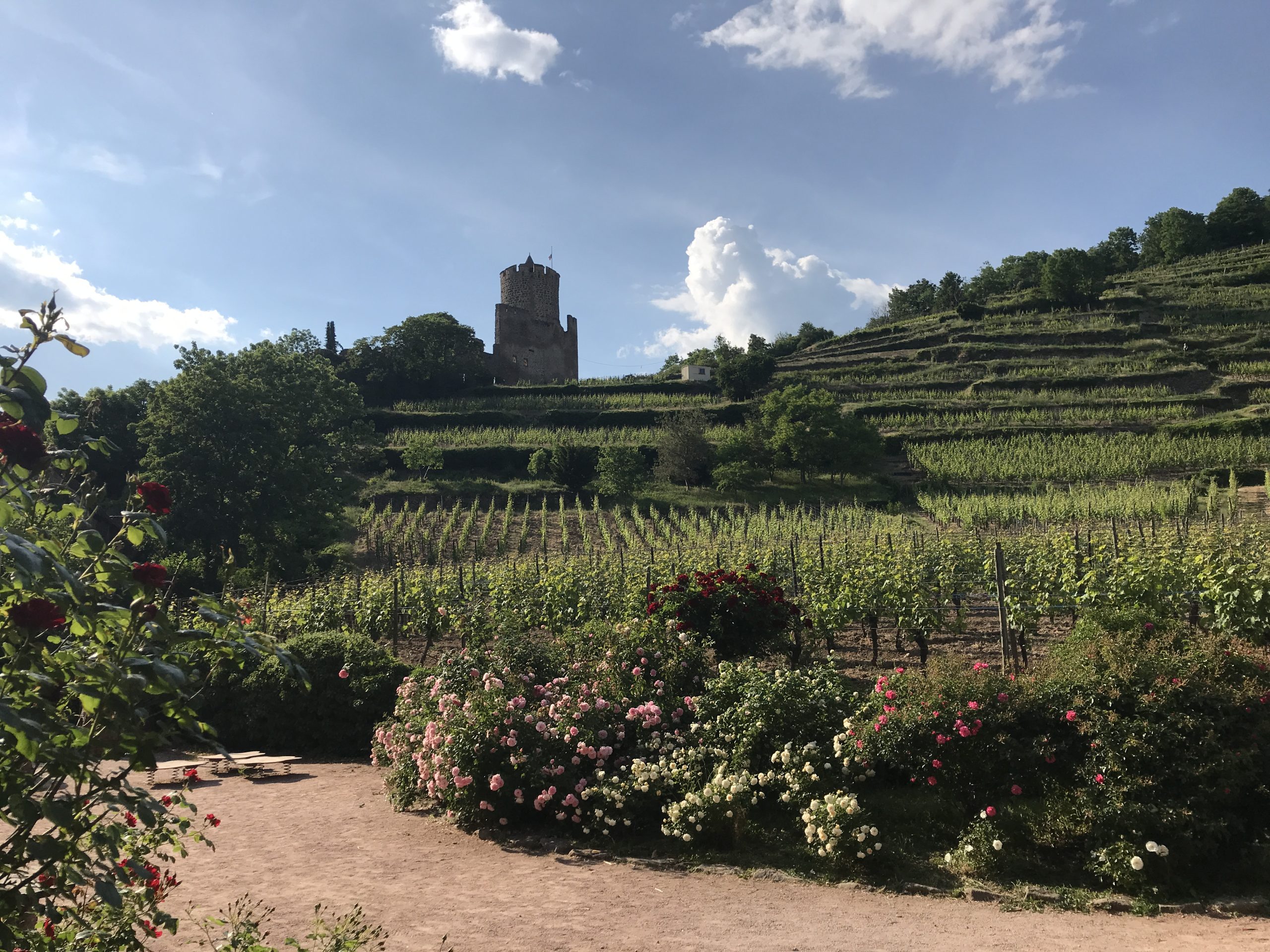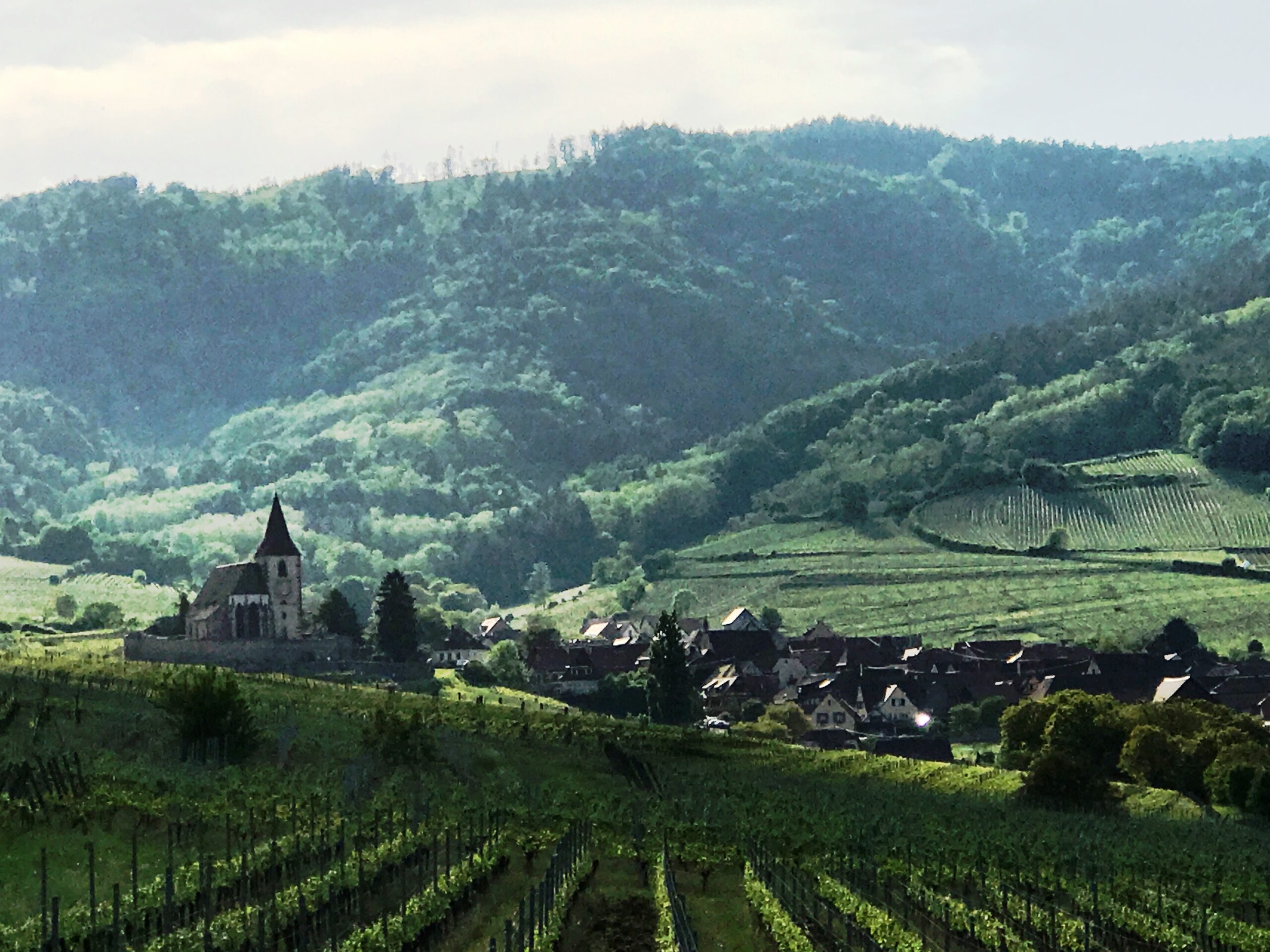
Hunawihr
According to legend, the locality was the property of Huna and Hunon, who bequeathed Hunawihr to the monastery of Saint-Dié in the 7th century.
The village subsequently belonged to the Counts of Horbourg and then Württemberg. Place of pilgrimage of Sainte Hune, the village attracts pilgrims, before becoming Protestant. Alsace became French, Catholics and Protestants share the church.

